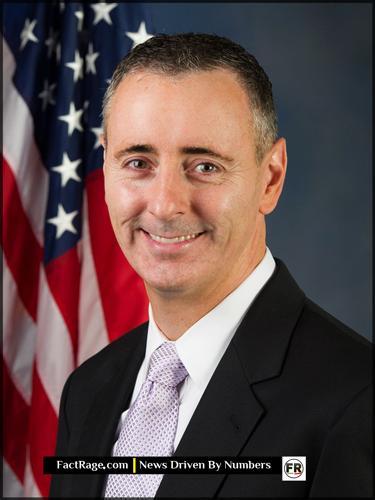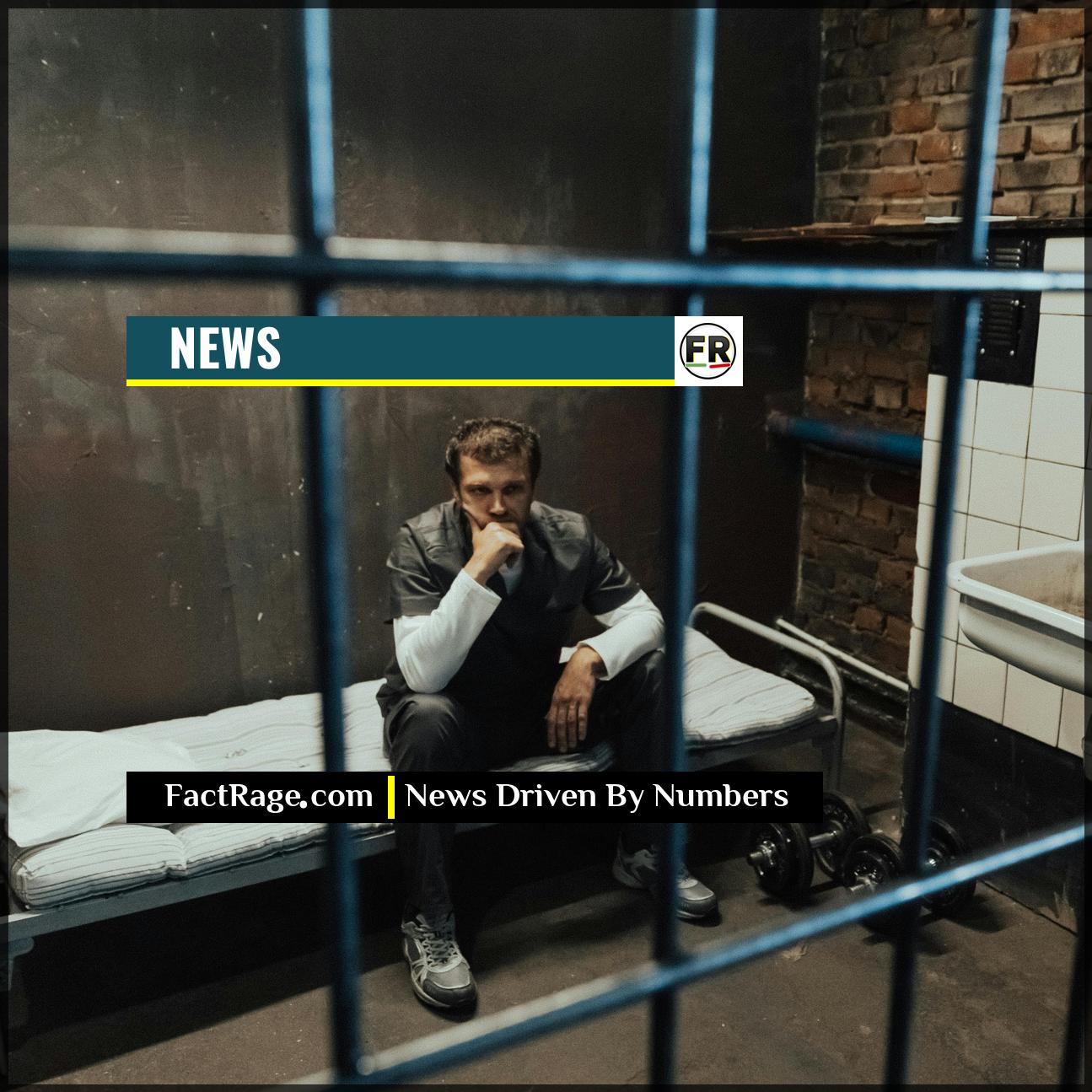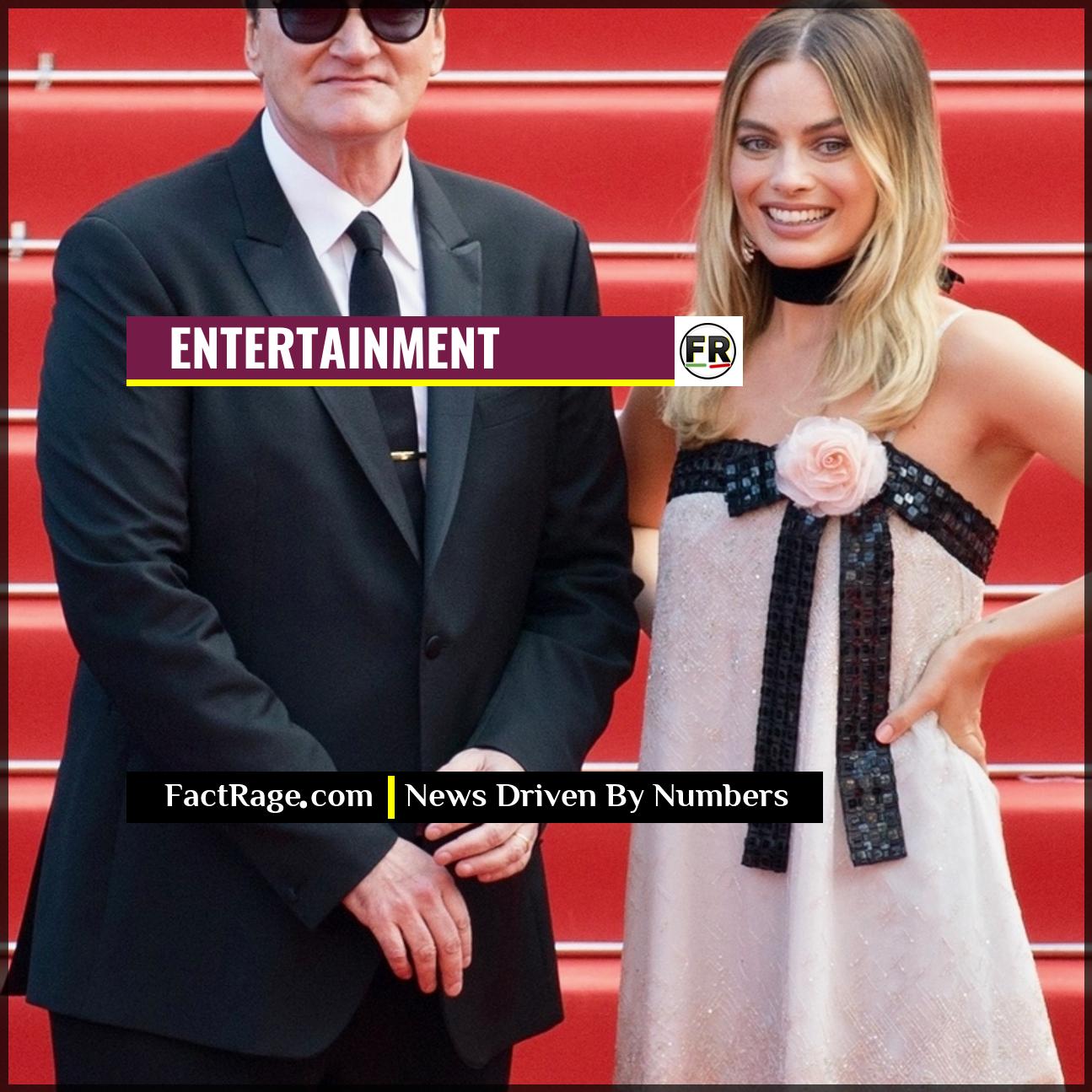WASHINGTON, DC – The recent engagement announcement between a senior White House correspondent and a sitting U.S. Congressman has brought renewed attention to the long-standing ethical guidelines news organizations use to navigate potential conflicts of interest.
- A Personal and Professional Intersection – Fox News Senior White House Correspondent Jacqui Heinrich announced her engagement to Rep. Brian Fitzpatrick (R-PA), prompting discussions about media ethics.
- Established Industry Guardrails – Most major news organizations have detailed ethics policies that address conflicts of interest, often requiring disclosure and reassignment to avoid compromising journalistic integrity.
- The Goal is Transparency – The primary objective of these policies is not to police personal lives but to maintain public trust through transparency and by preventing any real or perceived bias in reporting.
This intersection of media and politics is not unprecedented, and it highlights the detailed internal processes that govern modern journalism.
The Policy Behind the Personal
![]() While a relationship between a prominent journalist and a lawmaker naturally draws attention, the substantive issue isn’t personal—it’s procedural. The real story lies within the established ethics policies that news organizations have spent decades refining. These aren’t suggestions; they are the structural guardrails designed to protect journalistic integrity from both real and perceived conflicts of interest. Understanding this process is key to understanding how credible news outlets work to maintain public trust.
While a relationship between a prominent journalist and a lawmaker naturally draws attention, the substantive issue isn’t personal—it’s procedural. The real story lies within the established ethics policies that news organizations have spent decades refining. These aren’t suggestions; they are the structural guardrails designed to protect journalistic integrity from both real and perceived conflicts of interest. Understanding this process is key to understanding how credible news outlets work to maintain public trust.
Read On…
Below, we’ll analyze the specific mechanisms of disclosure and recusal that are standard practice in the industry.
What the Engagement Reveals About Beltway Dynamics

The announcement that Jacqui Heinrich, Senior White House Correspondent for Fox News, is engaged to Rep. Brian Fitzpatrick (R-PA) places a spotlight on the unique environment of the nation’s capital. In Washington, D.C., the worlds of media, policy, and politics operate in close proximity, making personal and professional relationships frequent and complex.
Rep. Fitzpatrick is a co-chair of the bipartisan Problem Solvers Caucus and serves on the House Ways and Means and Intelligence committees. Heinrich’s role involves daily reporting on the executive branch. While their primary professional spheres are distinct—the White House and Congress—the potential for overlap is clear. The situation serves as a practical case study for how news organizations manage the inevitable connections that form inside the Beltway.
How Newsroom Ethics Policies Address Conflicts of Interest
For journalism, the central question is one of maintaining objectivity and public trust. To address this, news organizations rely on established codes of ethics. The Society of Professional Journalists (SPJ) Code of Ethics, for example, urges journalists to “Act Independently” and to “Avoid conflicts of interest, real or perceived. Disclose unavoidable conflicts.”
In practice, this translates to a clear internal process:
- Disclosure: The first and most critical step is for the journalist to inform their editors of the relationship. A spokesperson for Fox News confirmed that Heinrich followed this protocol.
- Recusal and Reassignment: To prevent a direct conflict, journalists are typically recused from covering stories directly involving their spouse or partner. Fox News stated that after being informed of the relationship, “she was transitioned to a new beat” covering the Biden campaign, moving her away from the White House beat where interactions with lawmakers are frequent. This type of reassignment is a standard industry practice designed to create a clear separation.
These policies are not designed to be punitive but rather to act as institutional guardrails. The goal is to protect the integrity of the reporting and the credibility of the news outlet.
Why Public Perception Matters as Much as Policy
Beyond any actual bias, news organizations are also concerned with the perception of a conflict of interest. Even if a journalist’s reporting remains entirely impartial, the public’s awareness of a personal relationship can foster skepticism and undermine the credibility of their work. Transparency is the most common tool used to combat this.
Such relationships are not new in Washington. The marriage of NBC’s Andrea Mitchell to former Federal Reserve Chairman Alan Greenspan is a frequently cited example. In these cases, news organizations have managed the situation through a combination of disclosure to the audience and careful management of assignments.
Ultimately, the ethical frameworks in place are about process. They are designed to ensure that reporting remains fact-based and uninfluenced by personal connections. The focus is less on the relationship itself and more on the institutional response, which aims to uphold a core principle of journalism: that the loyalty of the reporter is to the public, not to any political party, institution, or individual.
The Beltway’s Balancing Act
![]() Ultimately, this situation is less about the individuals involved and more about the institutional architecture designed to safeguard public trust. These ethical guardrails—disclosure, recusal, and reassignment—are critical components in the complex equation of modern political journalism. They serve as a constant reminder that in a system where information is power, the process for delivering that information must be perceived as unimpeachable to maintain its value.
Ultimately, this situation is less about the individuals involved and more about the institutional architecture designed to safeguard public trust. These ethical guardrails—disclosure, recusal, and reassignment—are critical components in the complex equation of modern political journalism. They serve as a constant reminder that in a system where information is power, the process for delivering that information must be perceived as unimpeachable to maintain its value.














